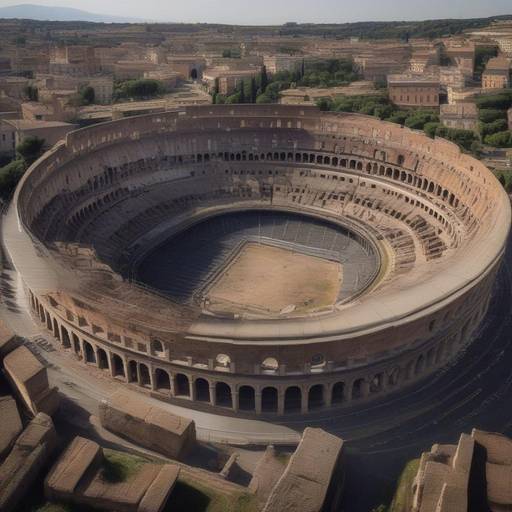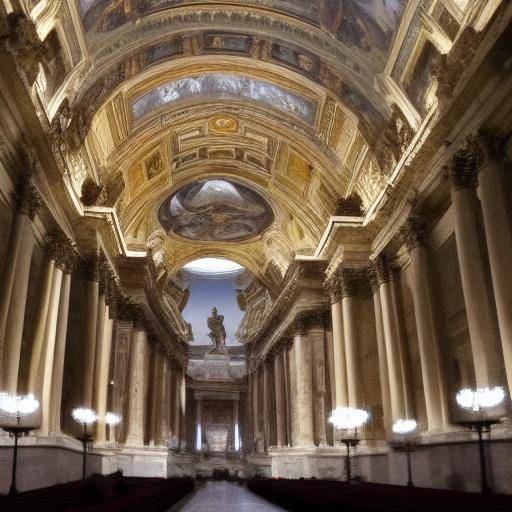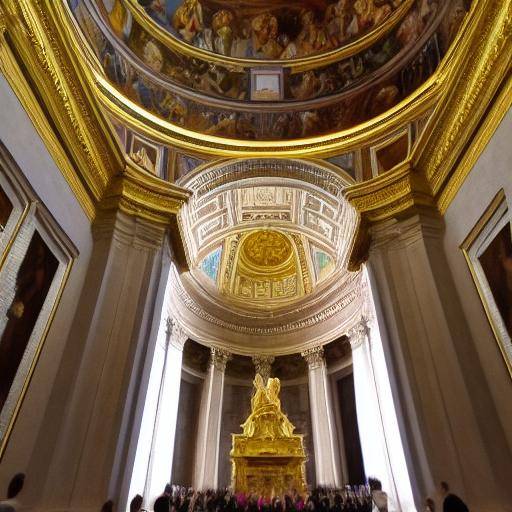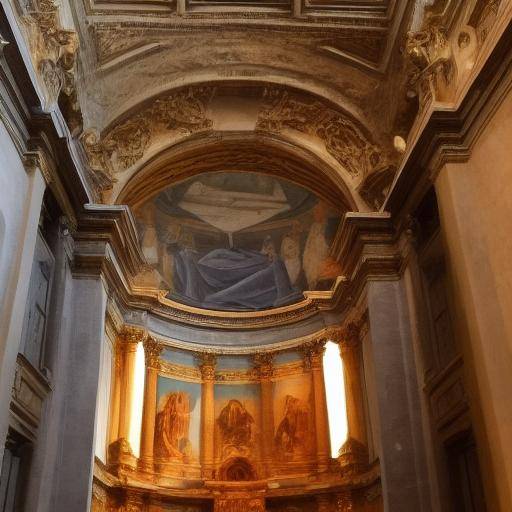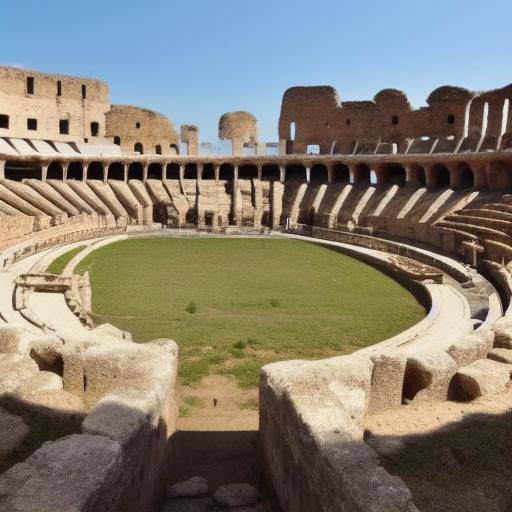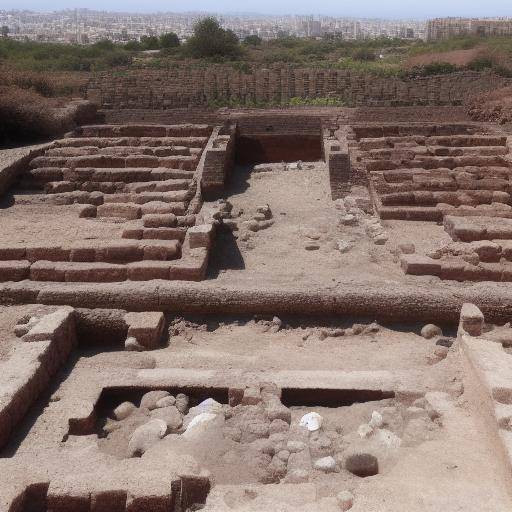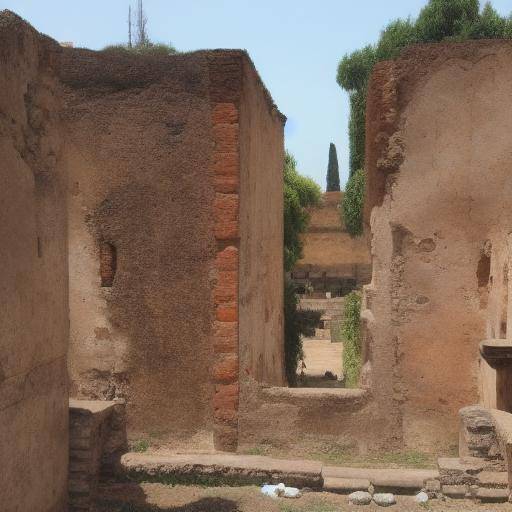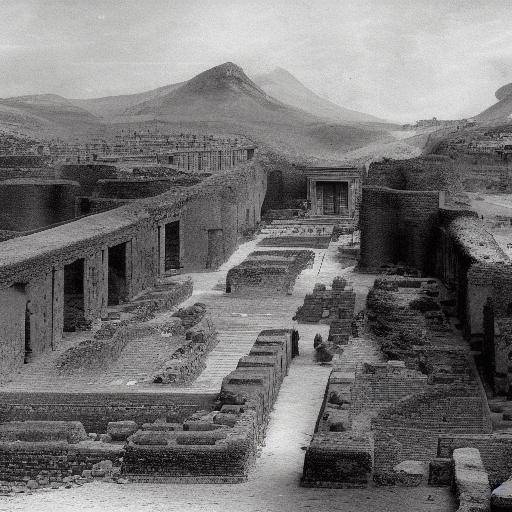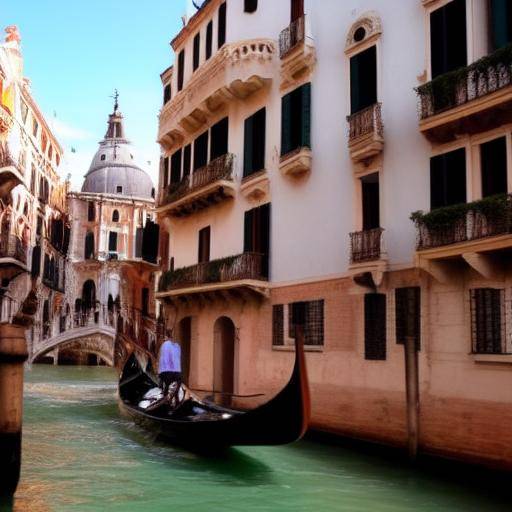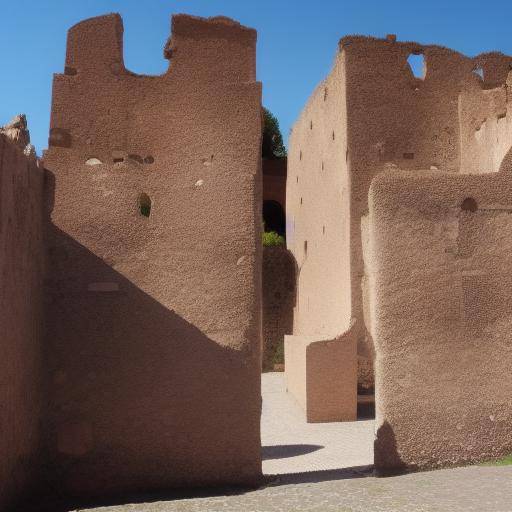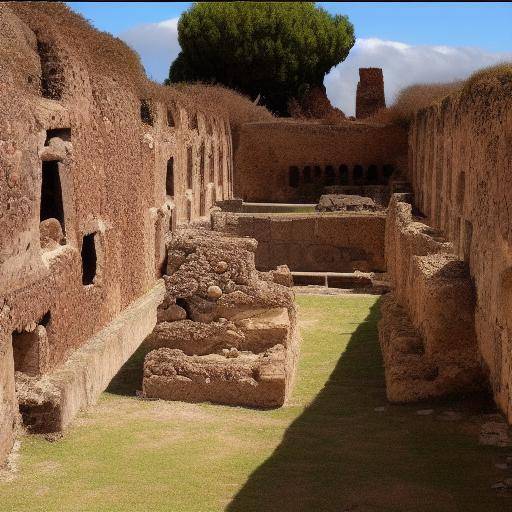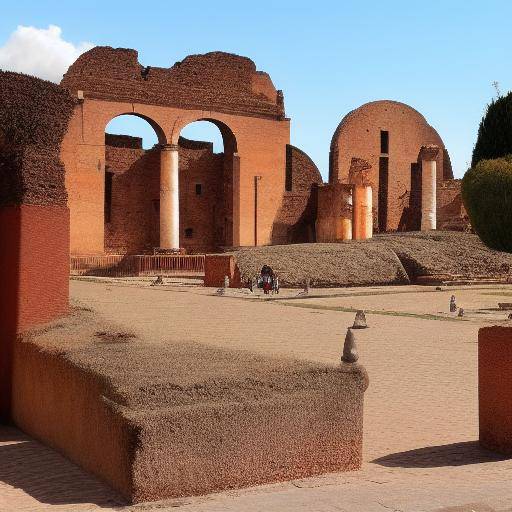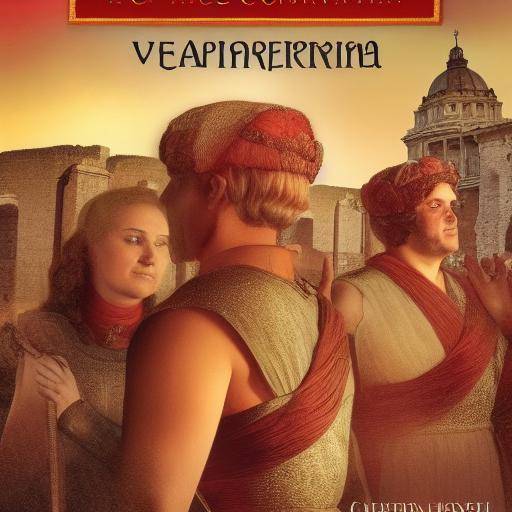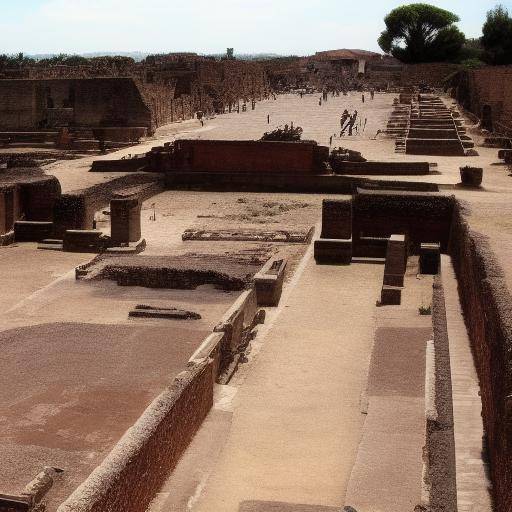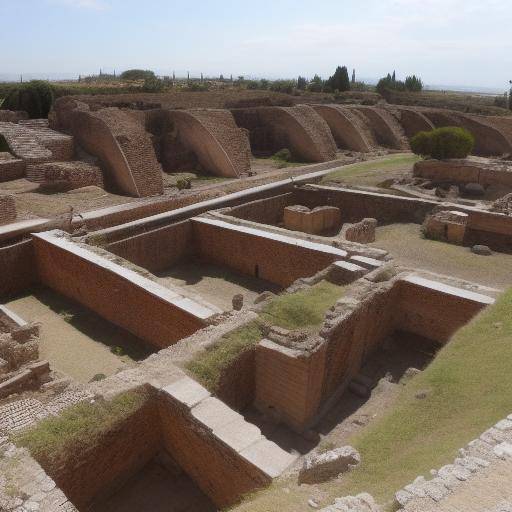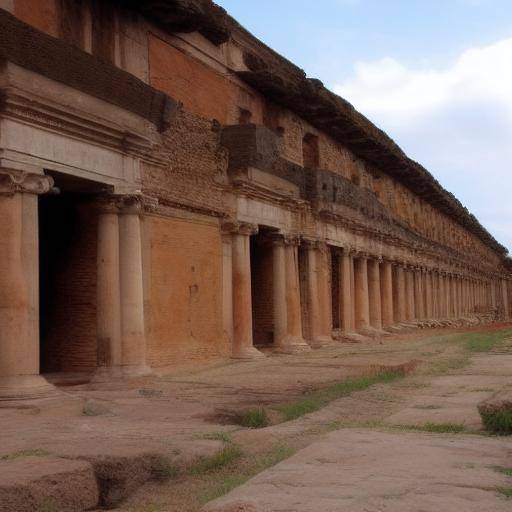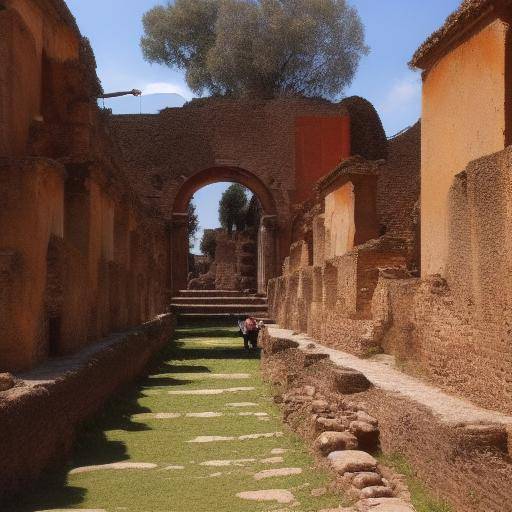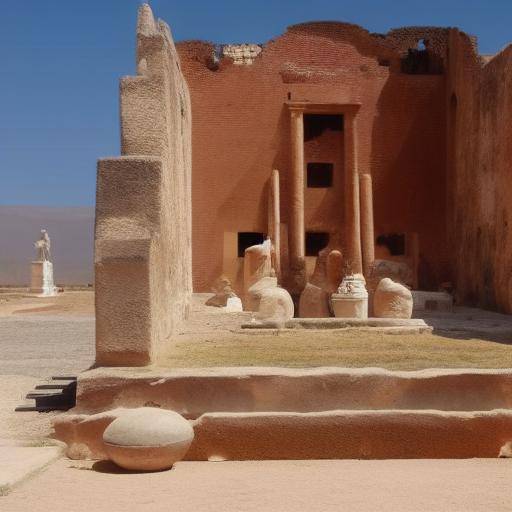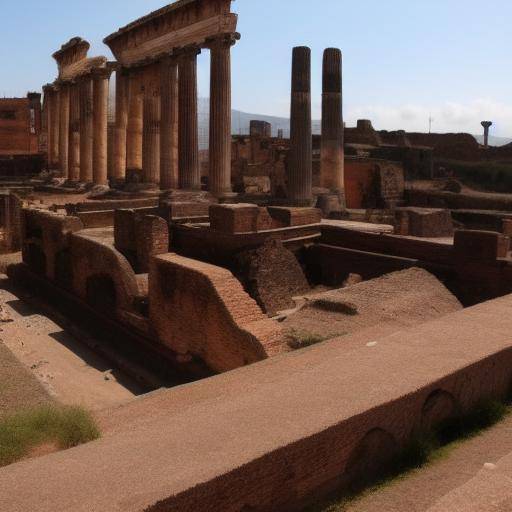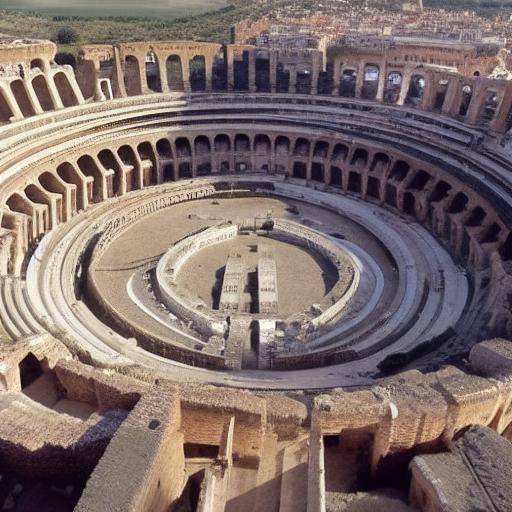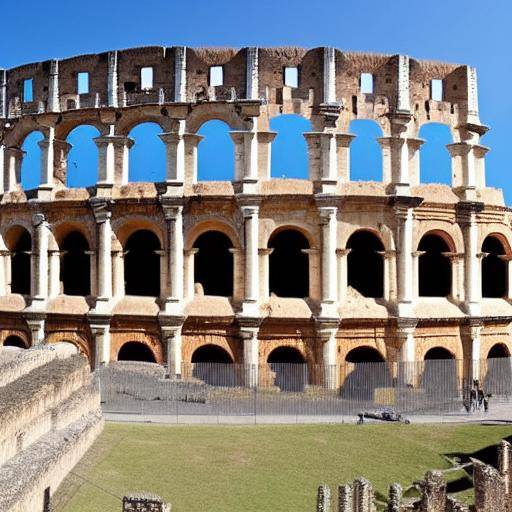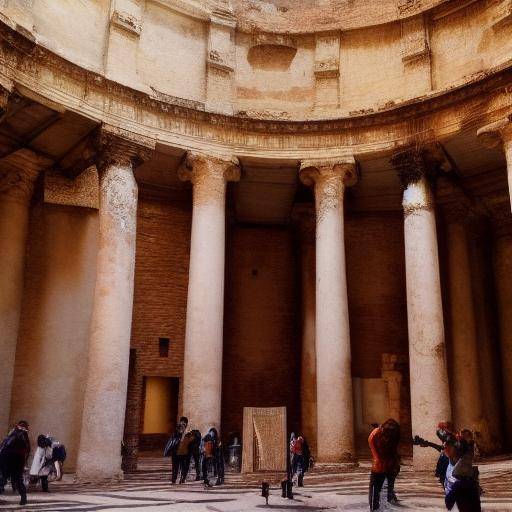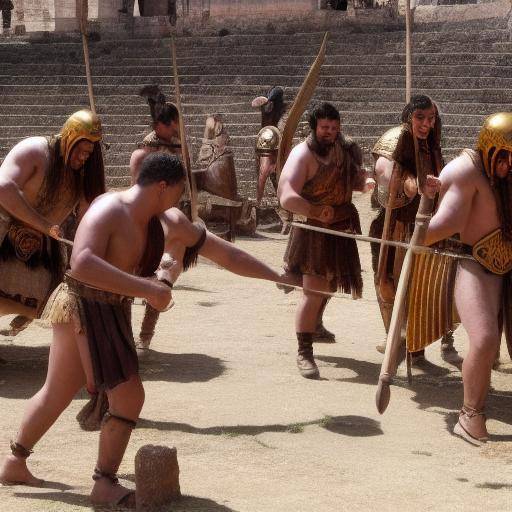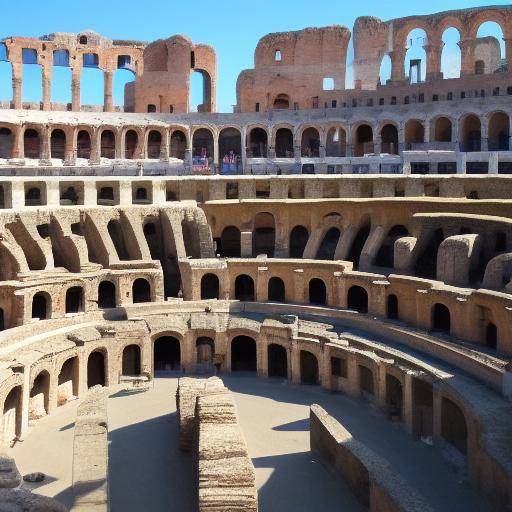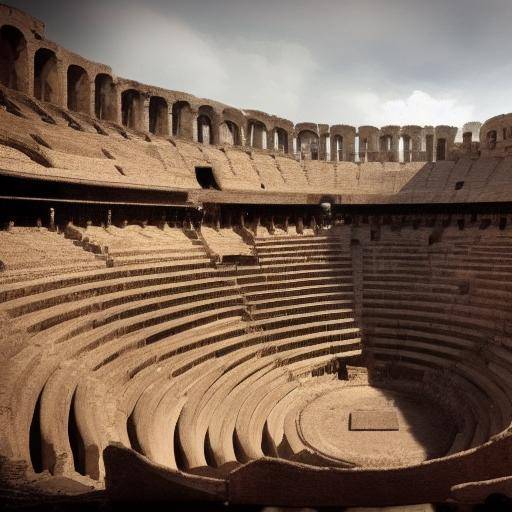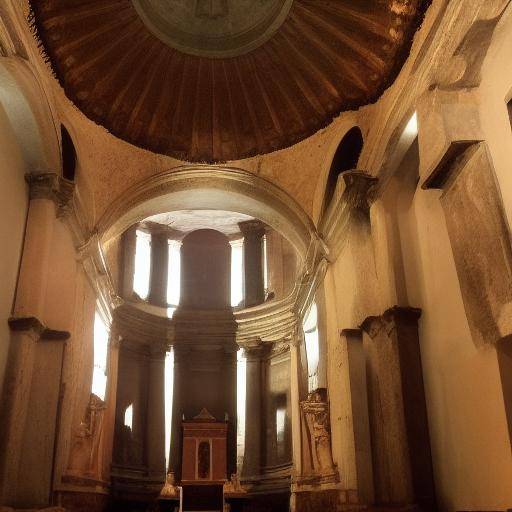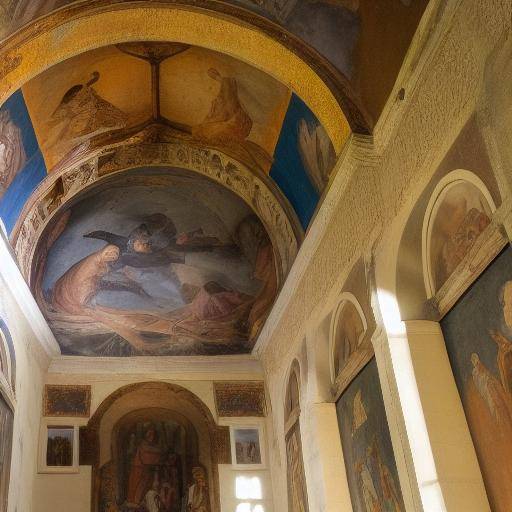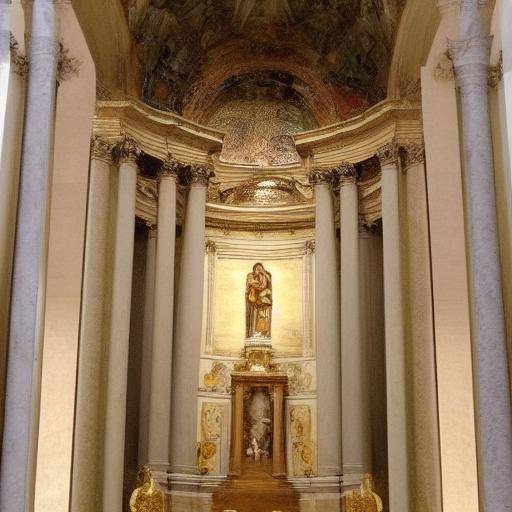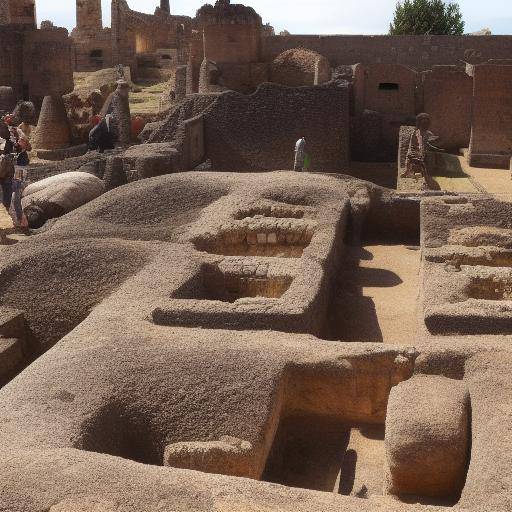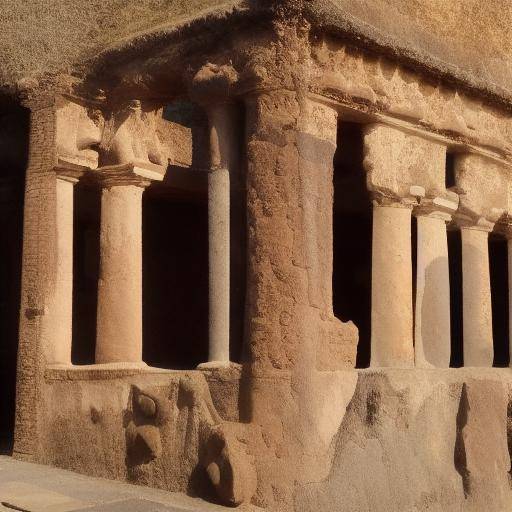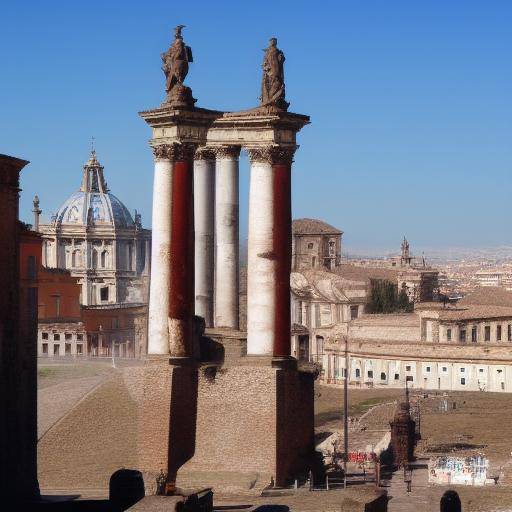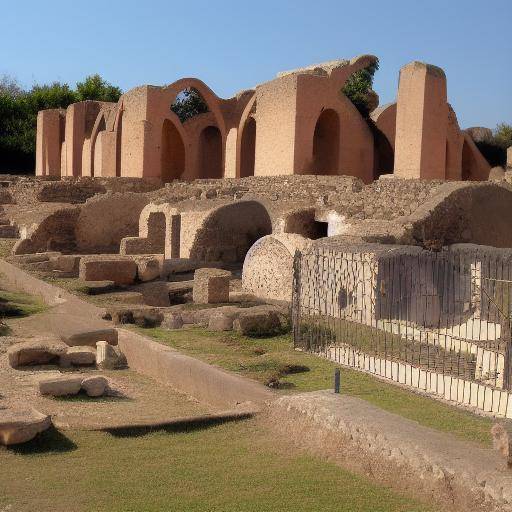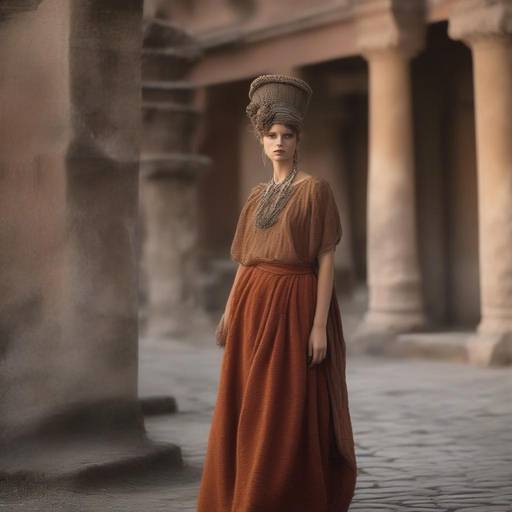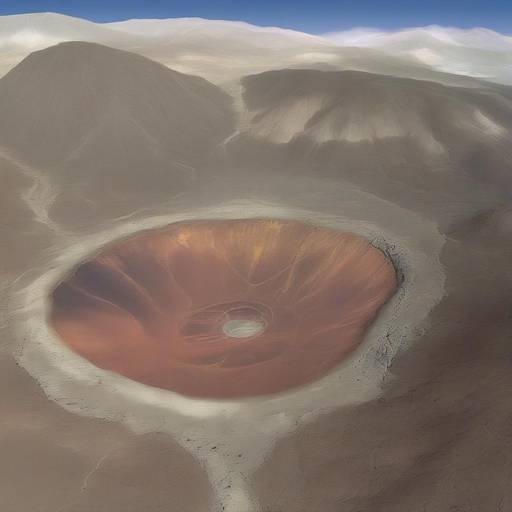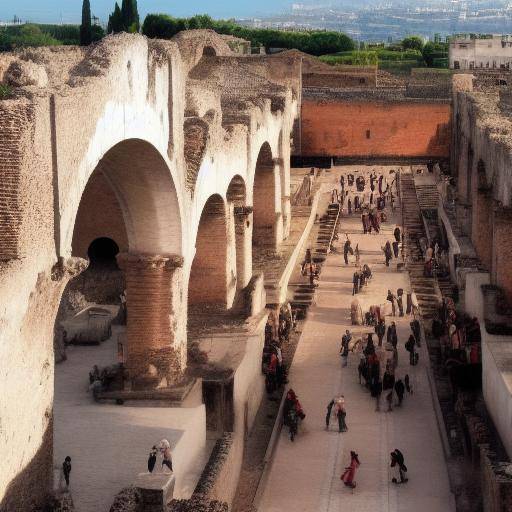
Introduction
Imagine walking through the old streets of a frozen city in time, where the daily life of ancient Rome comes alive again. That place is Pompeii, one of the most fascinating archaeological cities in the world. In this guide, we will discover the history, myths and daily life in Pompeii and explore its importance in the context of ancient Rome. From its tragic destruction to its archaeological resurgence, this journey will immerse us in a lost world that awakens imagination and curiosity.
Pompei: A View to History and Mythology
Pompeii, the ancient Roman city buried by the Vesuvius eruption in the year 79 AD, has remained a timeless symbol of the intersection between history, tragedy and classical archaeology. The exceptional preservation of Pompeii over the centuries has provided archaeologists with a unique window to everyday life in ancient times.
The Discovery and Excavation of Pompeii
In 1748, the king of Naples ordered the first formal excavations in Pompeii, which led to the discovery and preservation of an entire city, with its streets, buildings, artifacts and, tragically, the human remains that were petrified by the rain of Vesuvius ash.
Cotidian Life in Ancient Rome: A Journey Through the Century
The excavations and artefacts recovered from Pompeii have provided a unique vision of what life was like in ancient Rome. From the luxurious villas of the patricians to the modest homes of the plebeyos, Pompeya allows us to understand the complexity of society and the lifestyle at that time.
Architecture and Art in Pompeii and Italy: A Legacy Printer
The art and architecture of Pompeii reflect a synthesis of cultural influences of ancient Rome. The murals, sculptures and other artistic manifestations represent an amalgam of styles that testify to the cultural richness and sophistication of Roman society.
Durable Impact and Archaeological Recovery
The tragedy of Pompeii, though devastating, has significantly contributed to our understanding of ancient Roman history. Through excavations and continuous preservation, Pompeya continues to reveal historical secrets that enrich our knowledge of the classic world.
FAQs
- When was Pompeii destroyed?
- Pompei was destroyed by the eruption of Mount Vesuvius in 79 AD, being buried under a layer of ash.
- What is the importance of Pompeii for classical archaeology?
- Pompeii is a unique window to the daily life of ancient Rome, providing an invaluable treasure of information about society, architecture, art and customs of the time.
- What aspects of daily life have been discovered in Pompeii?
- The excavations in Pompeii have revealed details of the daily life, from the organization of the city to the domestic, commercial and religious aspects of its inhabitants.
- What role did Pompeii play in ancient Rome?
- Pompeii was a prosperous city that served as an important shopping and cultural centre in ancient Rome, with a diverse society and a rich social life.
- What is Pompeii's legacy for humanity?
- The legacy of Pompeya lies in its ability to transport us in time and offer us a profound view of Roman civilization, its art, architecture and everyday life.
- How has our perception of ancient Rome changed thanks to Pompeii?
- The excavations in Pompeii have challenged and transformed our previous perceptions of ancient Rome, revealing a dynamic and complex society that has significantly enriched our understanding of the classic world.
Conclusion
Pompeii remains an inexhaustible source of knowledge and astonishment, projecting a bright light on a distant era that continues to fascinate present and future generations. This guide has sought to discover the history, myths and daily life in ancient Rome through the unique look that Pompeya offers us. As we immerse ourselves in his past, we find an invaluable treasure that connects us with our historical roots and awakens us to the greatness and complexity of humanity in an age lost in time.
With this article, it is expected to have provided a complete guide that inspires the exploration, learning and appreciation of Pompeya, Italy and classical archaeology, inviting readers to discover a world that continues to reveal its secrets and riddles, enriching our understanding of history and culture that shape our existence.
Remember, Pompeii awaits us, with its streets and stories that await to be discovered, sharing a piece of antiquity that continues to resonate in the present.
Good trip!

